Best stargazing tents 2024: keep warm and dry when skywatching
We round up the best stargazing tents for all situations, from solitary travelers to hosting parties.
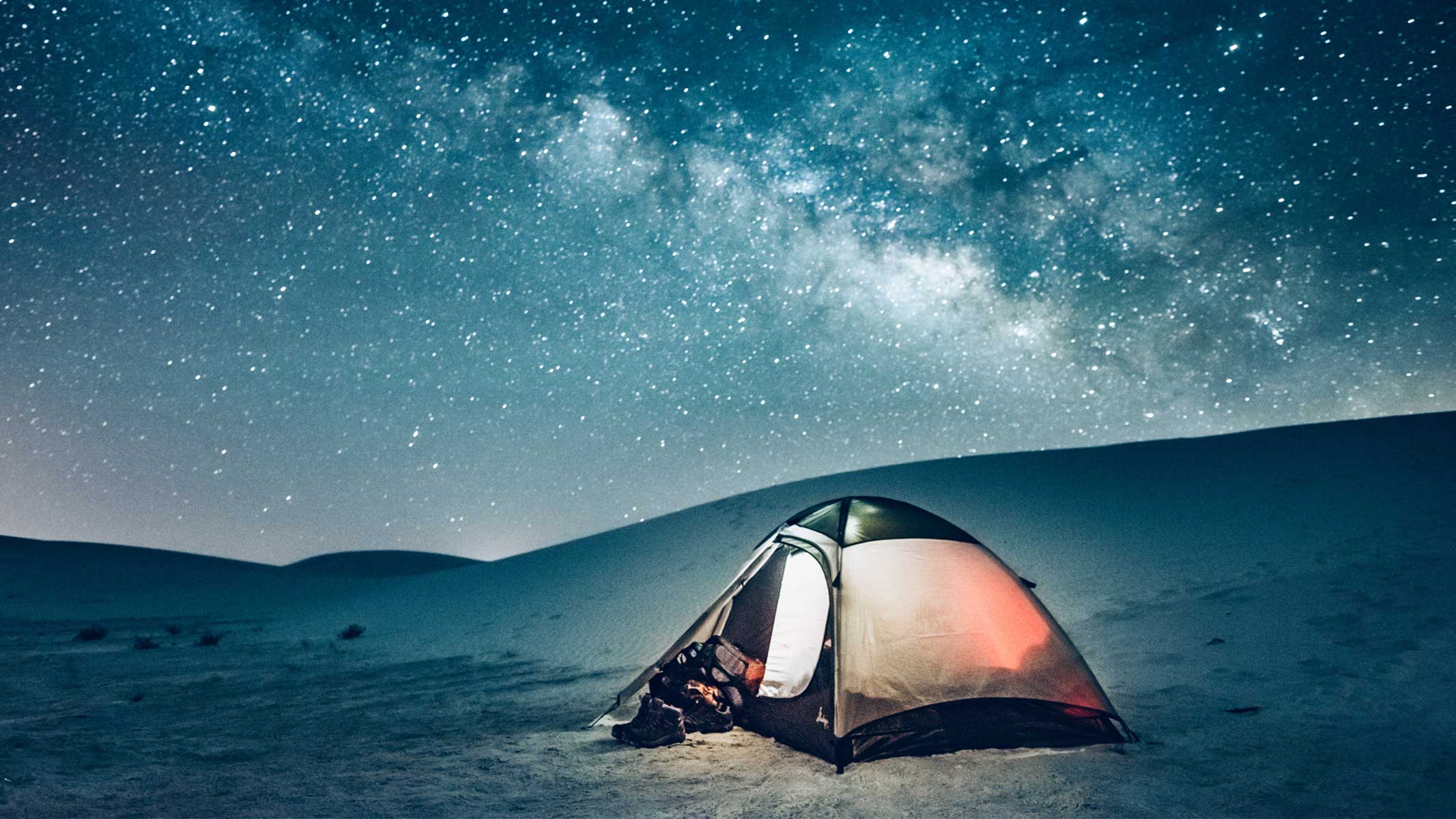
If you're looking for the best stargazing tents out there, then you've come to the right place as we're rounding up the top items you can get for your money. Whether you're in the market for something substantial to withstand strong winds and heavy rain on mountain tops, or something that pops up with ease, we've included something to suit everyone and every budget.
If you want to make the most of that budget, now is a great time to buy. For example, the ALPS Mountaineering Lynx 1-person tent is $30 off at Amazon, perfect for solo stargazing. If the worse happens, you'll welcome that weather protection.
And if you intend on stargazing outdoors, it's important to make you're well equipped so, tent aside, you'll want the best flashlight or best headlamp, to make sure you actually can find your tent.
Getting yourself one of the best stargazing tents is something worth doing, especially with the Perseid meteor shower due to peak on August 12. The asteroids themselves will be visible to the naked eye (if the weather conditions are right) so you wont need specialist stargazing equipment, unless you want to photograph some of it.
Another key factor to consider when choosing your tent is the size and weight of it. If you're travelling over long distance, especially on foot, you'll need to think about how much of a load you can carry, especially if you're already carrying stargazing equipment.
If you are an astrophotographer, for example, and you will be carrying around equipment on top of your tent, then it's not just the best stargazing tents you'll want to check out. You can read our round-ups of the best lenses for astrophotography best zoom lenses and best tripods too. However, for the best stargazing tents on the market, read on below.
Best stargazing tents we recommend 2024
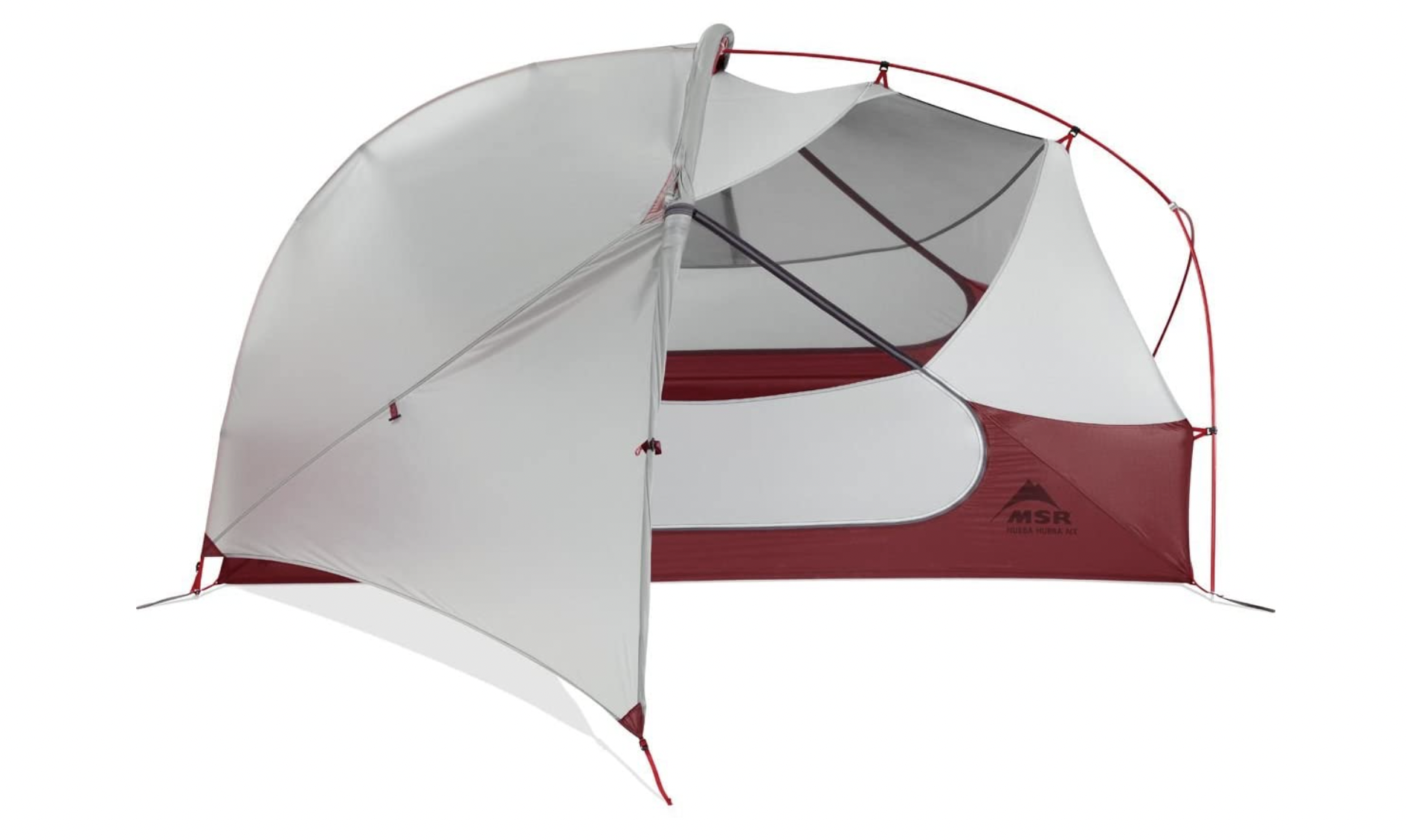
MSR Hubba Hubba NX Backpacking Tent
Specifications
Reasons to buy
Reasons to avoid
The MSR Hubba Hubba NX tent is a freestanding tent that’s easy to put up. It can hold two people so it’s a good option if you’re traveling alone or with a friend. The symmetrical geometry of this tent maximizes the space as there’s no central peak but an even shape all around. It’s got a waterproofed rainfly cover with the added benefit of StayDry doors, for any unpredicted heavy downpours. The rainfly cover can be rolled up, either partly or entirely, to uncover the stargazer window.
The stargazer window is the highlight of this tent. Its location near the top of the tent makes for a great view of the stars. The mesh of the window is light in color leaving you with unobstructed views of the night sky. What we love about this tent is that you can stargaze while lying down. As there is a designated stargazing window, there is an element of privacy to this tent, allowing you to stay warm and dry.
You can use this tent across three seasons; using the rainfly and footprint will reduce the weight or you can use the mesh and footprint in warm summer conditions. A combination of all three materials can protect against harsher weather if you’re unexpectedly caught out in it. It collapses down into a compact stuff sack so is super easy to carry.
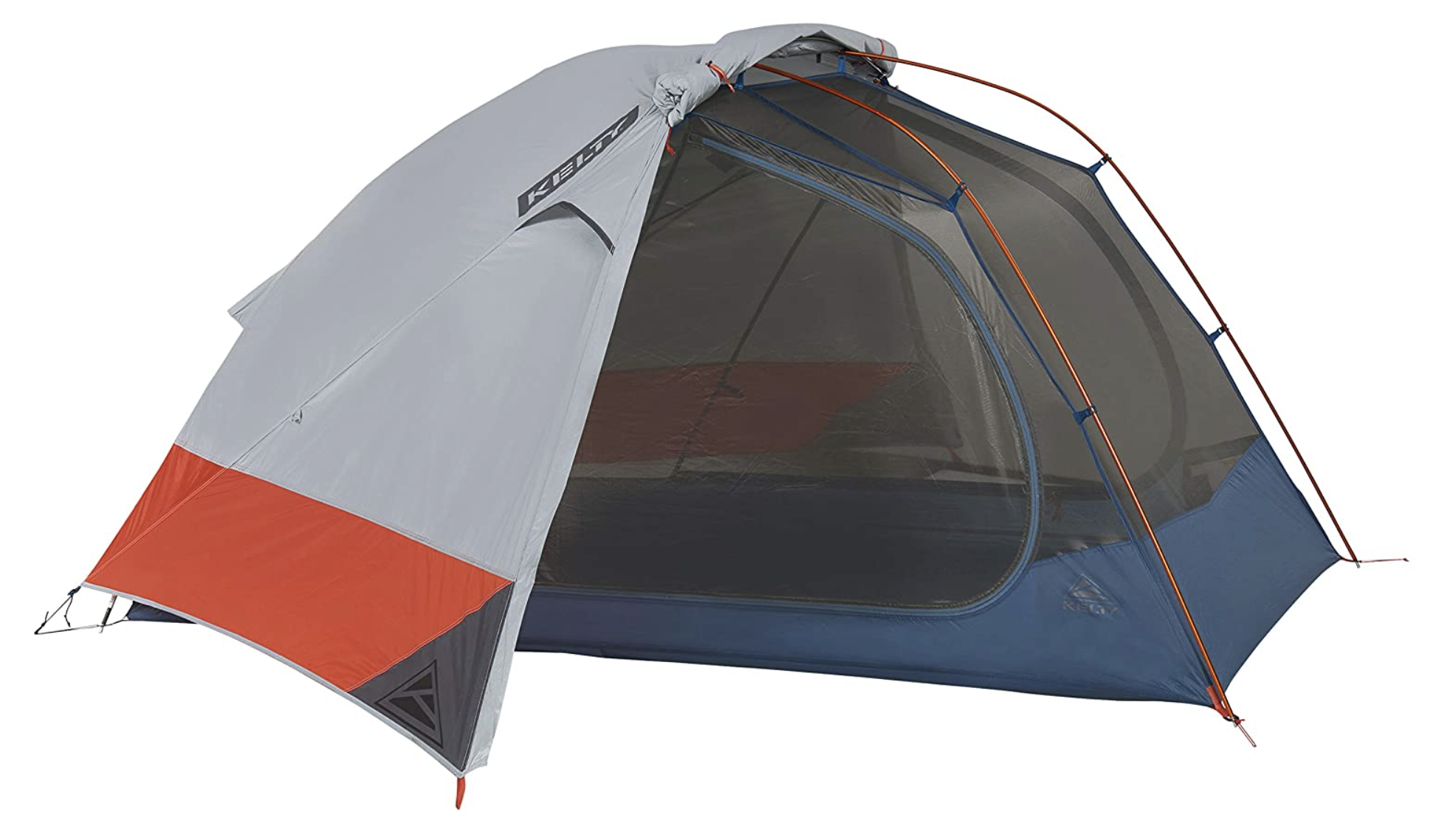
Kelty Dirt Motel Lightweight Backpacking and Camping Tent
Specifications
Reasons to buy
Reasons to avoid
The Kelty Dirt Motel is a wonderful tent if you’re looking to go stargazing with a couple of friends. This tent comes in a two or three person option with the three person option coming in at a good size if you do want some extra company on your night jaunt.
With a water-resistant rainfly, the Kelty Dirt Motel is great for autumn, spring and summer. The rainfly can be rolled back to reveal the meshed area. Arguably, the stargazing ‘window’ on the Kelty Dirt Motel is much bigger in size than the window of MSR Hubba Hubba NX. However, the material is a darker mesh providing a more obscured view of the night sky. However, we like that if the rainfly is rolled partially back, a good portion of the side and top of the tent are completely open for you to view the stars all around you. If the rainfly is completely removed, you can get 360 degree views which is amazing. This is partly due to the clever design as it has vertical walls and no central peak, which provide more overall space and less obstructions for stargazing.
As well as the rainfly being waterproofed, the seams are tape sealed to ensure protection from unexpected bad weather. It also folds into an easy to carry stuff sack.
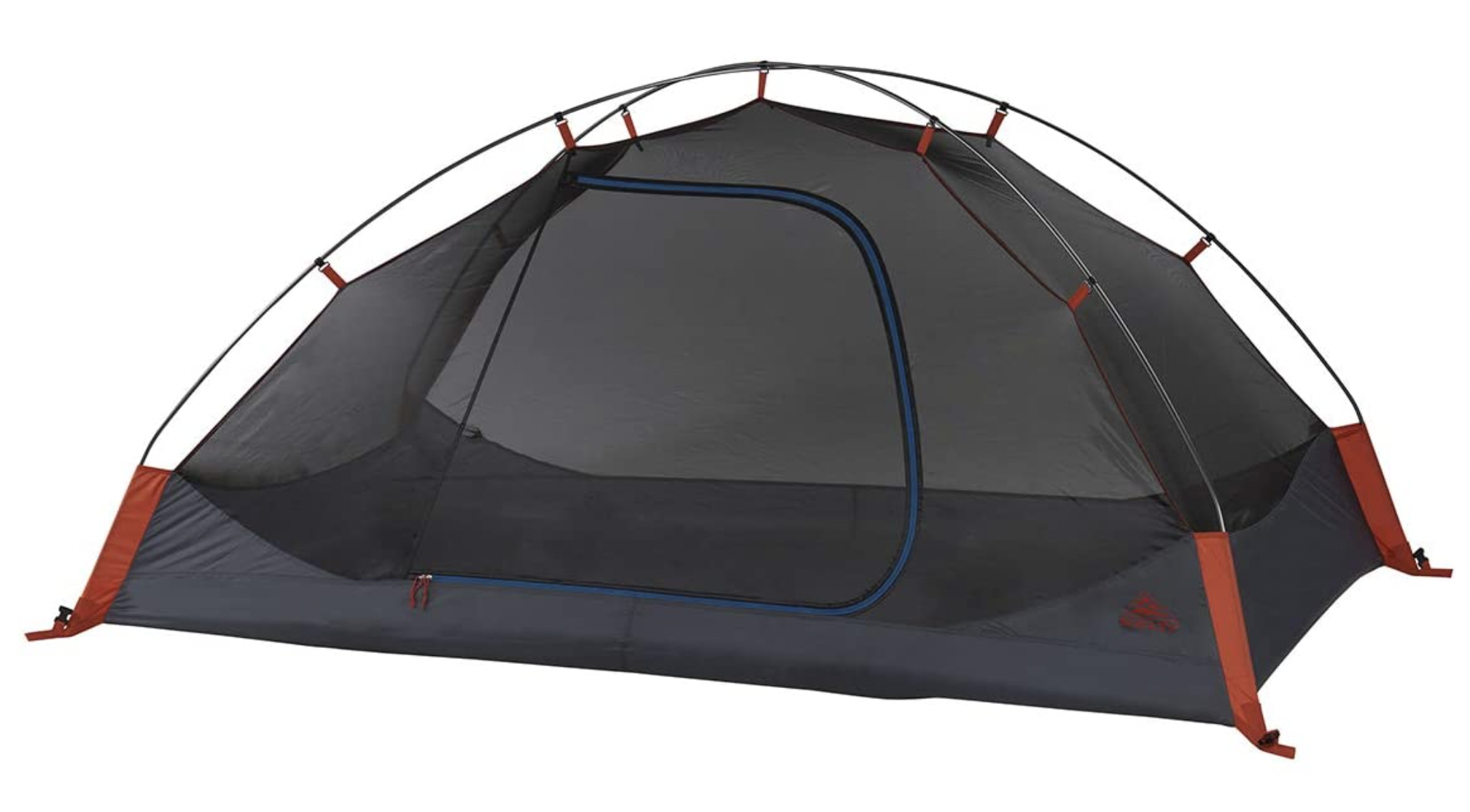
Kelty Late Start Backpacking Tent
Our expert review:
Specifications
Reasons to buy
Reasons to avoid
This freestanding tent is a great option if you're looking to set up camp alone, with
a friend or in a small group as one, two and four people options are available. It's seems are sealed for waterproofness and the floor is also waterproof, to 1800mm. That means that 20.6 square foot of space you get inside (in the one person model) is plenty of room to manoeuvre around while looking at the night sky, and you won't have to worry about getting wet.
There's a single door with this tent and you can get good views, even if you want to stargaze from bed. The aluminum poles are pre-bent to create more space inside the tent and at 3 lbs (one person model) it's lightweight and easy to transport. There really isn't much to dislike about this tent at all, especially given it's price point as there are more expensive options on this list.
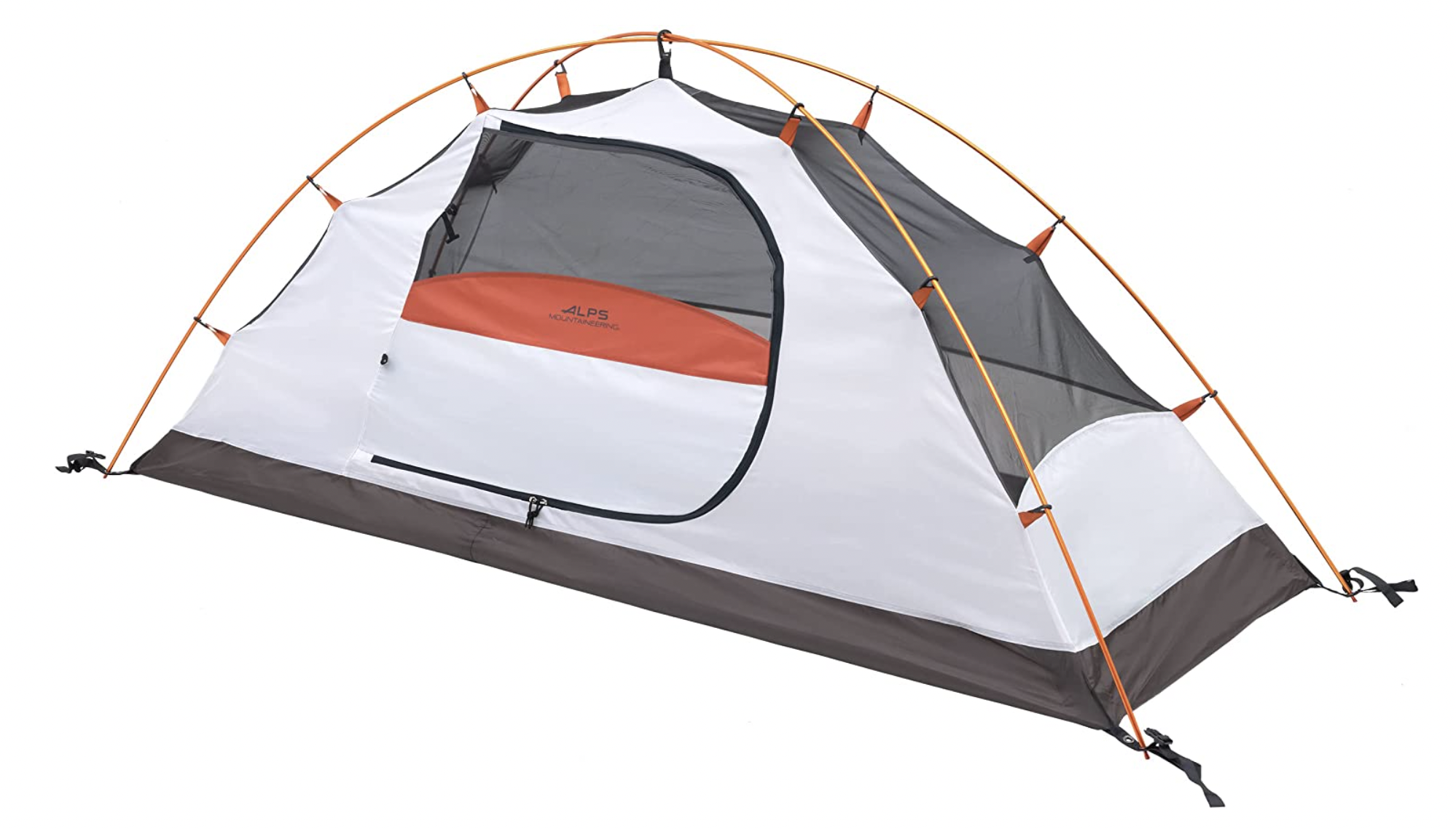
ALPS Mountaineering Lynx Tent
Our expert review:
Specifications
Reasons to buy
Reasons to avoid
The ALPS Mountaineering Lynx tent is a superb option if you’re stargazing alone. While being quite snug, it offers a great view of the stars all while you stay snuggled in your sleeping bag. With the rainfly removed, you are able to gaze out one side of the tent and through the top. The other sides are not made of see-through mesh which allows you to have some privacy. Although, as the mesh is only on one side, you may need to consider your positioning to ensure the best view of the stars. The mesh is not as dark as the Kelty Late Start, allowing for a clearer view of the wonders of the night sky.
Being the first evergreen tent we’ve mentioned, it’s perfect for those who are keen to get out and about all year to capture the beautiful display above them. We love the sleekness of the design.
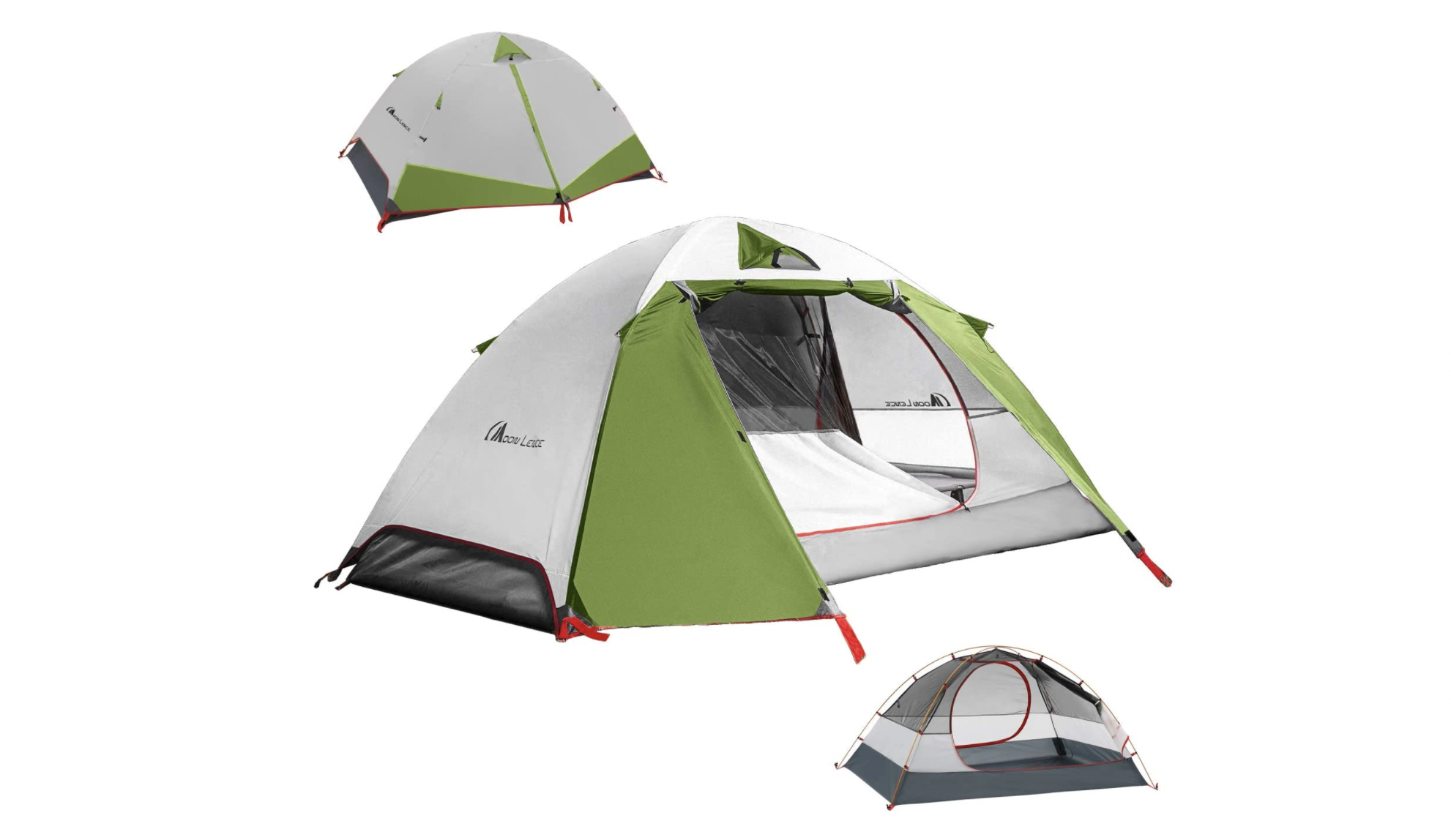
Moon Lence Camping Tent
Our expert review:
Specifications
Reasons to buy
Reasons to avoid
Now this is a surprising find for us. The Moon Lence ticks a lot more boxes than the previous portable tents and comes in cheaper. This one is a fantastic size for two people and its rectangular base shape allows it to feel very spacious, maximizing the room available. Not only this but the design means there are no poles obstructing your views, as the poles sleekly cross over the top of the tent.
The mesh of the tent is see-through allowing for good visibility of the stars. We really like that the bottom part of the tent adds a layer of privacy that some of the larger tents don’t offer. You can peel the protective rainfly back at the large door for a good view of the stars or alternatively, remove the rainfly completely. This opens up the tent offering 360 degree views.
Furthermore, the lower part of the tent allows you to maintain some privacy as you lay in bed, gazing at the night sky. Unlike the Kelty Late Start tent, the Moon Lence has a thick border, covering you when you are lying down. This adds an element of intimacy to the evening with whoever you choose to stargaze with. We think this is a really nice touch. The Moon Lence is very portable and can be stored in a carry bag.
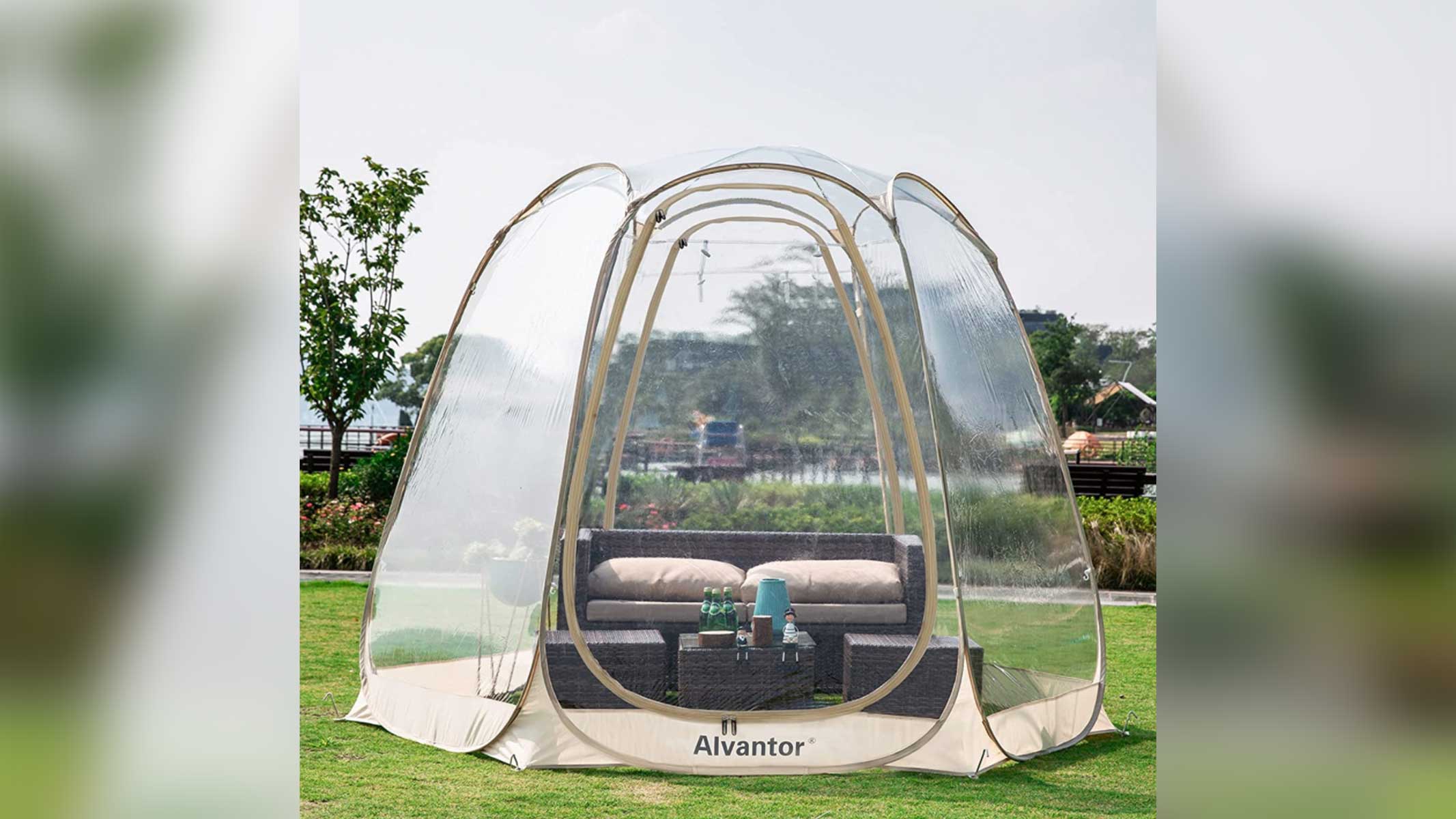
Alvantor Bubble Tent Pop Up Gazebo
Our expert review:
Specifications
Reasons to buy
Reasons to avoid
We know this isn’t exactly what you had in mind when you saw this article but we couldn’t resist putting in a luxury version. We love this gazebo which offers 360 degree clear views, if the weather is a little chiller than expected.
You can stand up in it with no trouble, even if you’re over six foot tall. It’s large enough to host friends and to place furniture in so you can get really comfortable while watching a meteor shower or pointing out constellations to each other. There are also convenient hooks for coats, bags or other items. It boasts two large entrance doors that can be rolled up. Unlike the camping tents, this one is made from PVC so ventilation may be needed while sharing the space with others, to avoid it turning into a steam room.
Amazingly, this gazebo is freestanding and easy to assemble. It also compacts down into a carry bag but is obviously not the easiest option for portability. This design is meant more for it being a fixed item in your garden. However, it’s not impossible to take it to a friend’s house if they are hosting.
Although we don’t tend to stargaze in adverse weather conditions, this gazebo is not intended to withstand such weather. However, it can be a lovely addition to your garden, on a Spring evening when the nights are still a little cold, to allow you and your family or friends to enjoy the outdoors.
How we test
Here at space.com, we haven't reviewed the tents in this guide but as you can imagine, we have expert staff who are keen stargazers and sky watchers. The tents you see above are models you can currently get that we would recommend.
Of course, we know that every stargazing session is different and this is reflected in the range of tents on offer above. We have a range of expert staff and freelancers who cover a range of content when it comes to stargazing, so you can be rest assured that the stargazing tents in this guide will deliver exactly what you're looking for.
Recent updates
Join our Space Forums to keep talking space on the latest missions, night sky and more! And if you have a news tip, correction or comment, let us know at: community@space.com.
Get the Space.com Newsletter
Breaking space news, the latest updates on rocket launches, skywatching events and more!

Jase Parnell-Brookes is the Managing Editor for e-commerce for Space and Live Science. Previously the Channel Editor for Cameras and Skywatching at Space, Jase has been an editor and contributing expert across a wide range of publications since 2010. Based in the UK, they are also an award-winning photographer and educator winning the Gold Prize award in the Nikon Photo Contest 2018/19 and named Digital Photographer of the Year in 2014. After completing their Masters degree in 2011 and qualifying as a teacher in 2012, Jase has spent the last two decades studying and working in photography and publishing in multiple areas, and specializes in low light optics and camera systems.
- Chris McMullenContributing Writer










